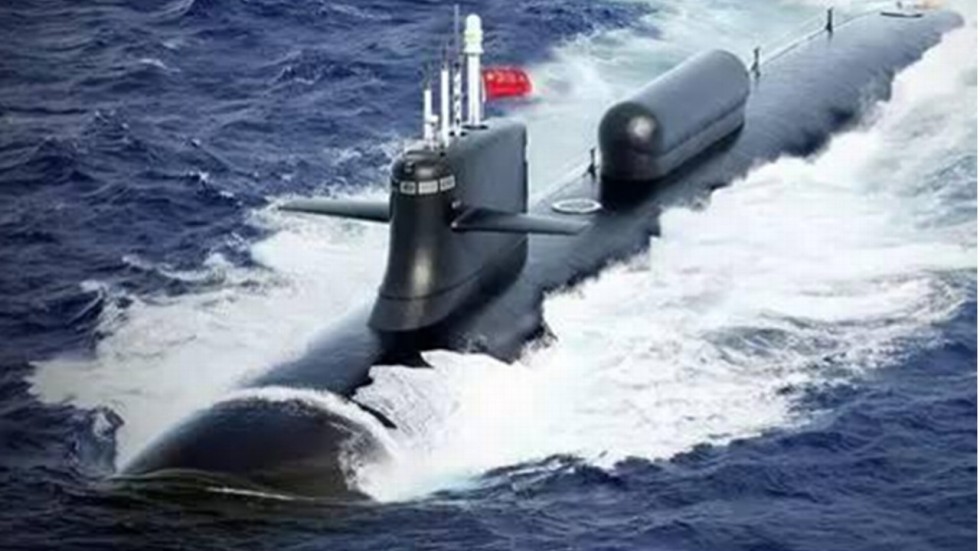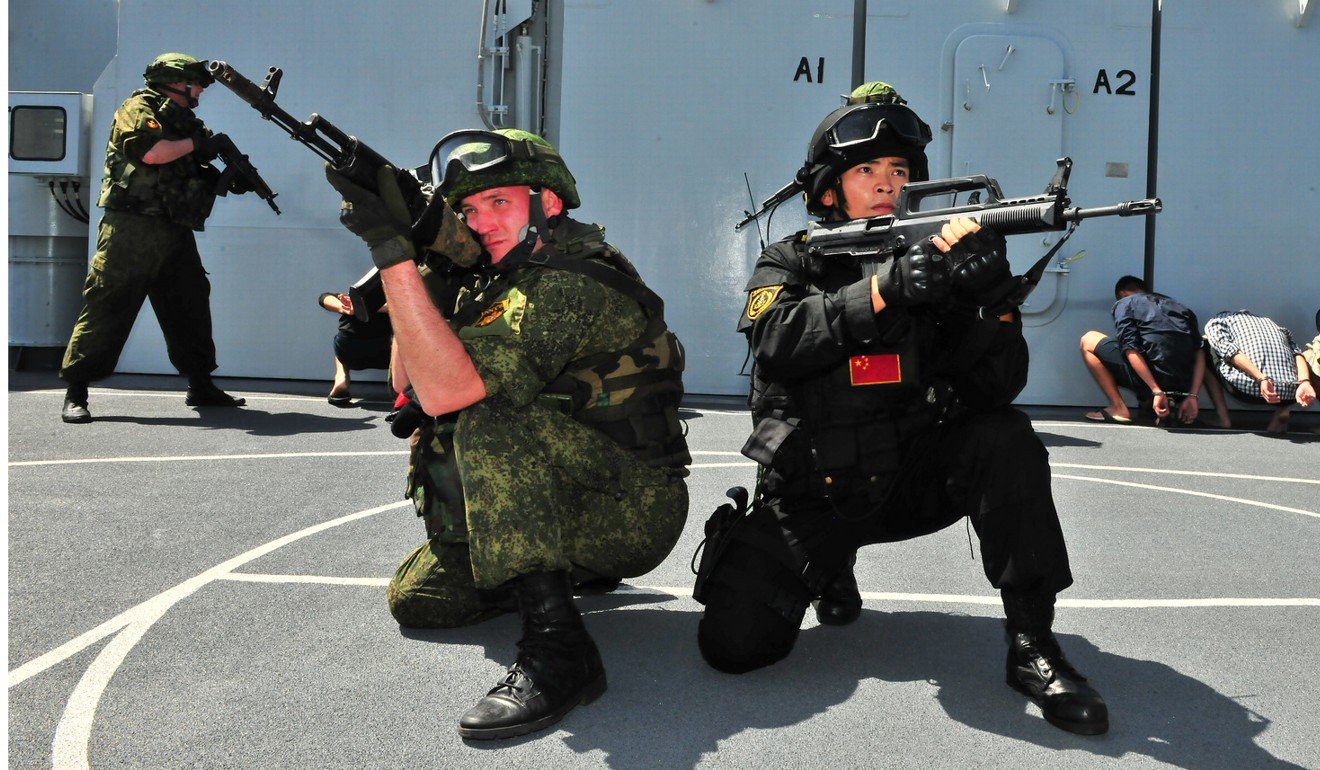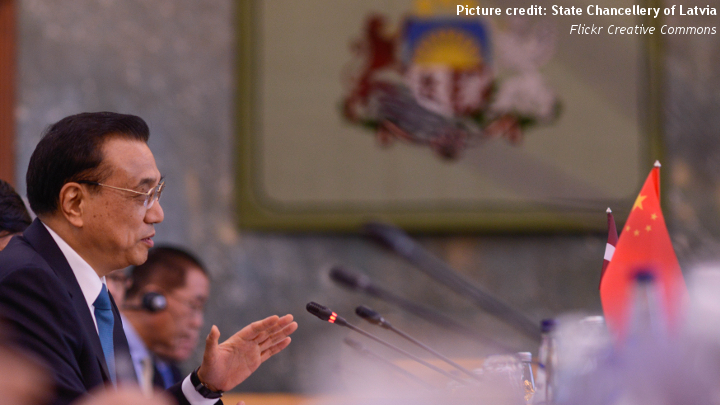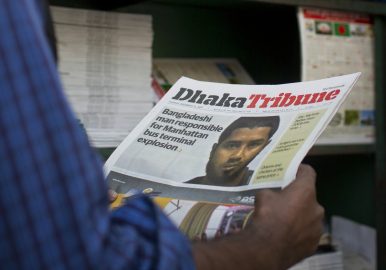BY SAJAI JOSE
 A startlingly pessimistic vision of India’s looming environmental and economic collapse – aired by a senior business leader – deserves our urgent attention.
A startlingly pessimistic vision of India’s looming environmental and economic collapse – aired by a senior business leader – deserves our urgent attention.
Recently, writing against the backdrop of the unprecedented spike in Delhi’s air pollution, Raghu Raman, the president of Reliance Industries’ risk, security & new ventures division and former CEO of India’s National Intelligence Grid (NATGRID), put forward a starkly apocalyptic vision of the country’s









